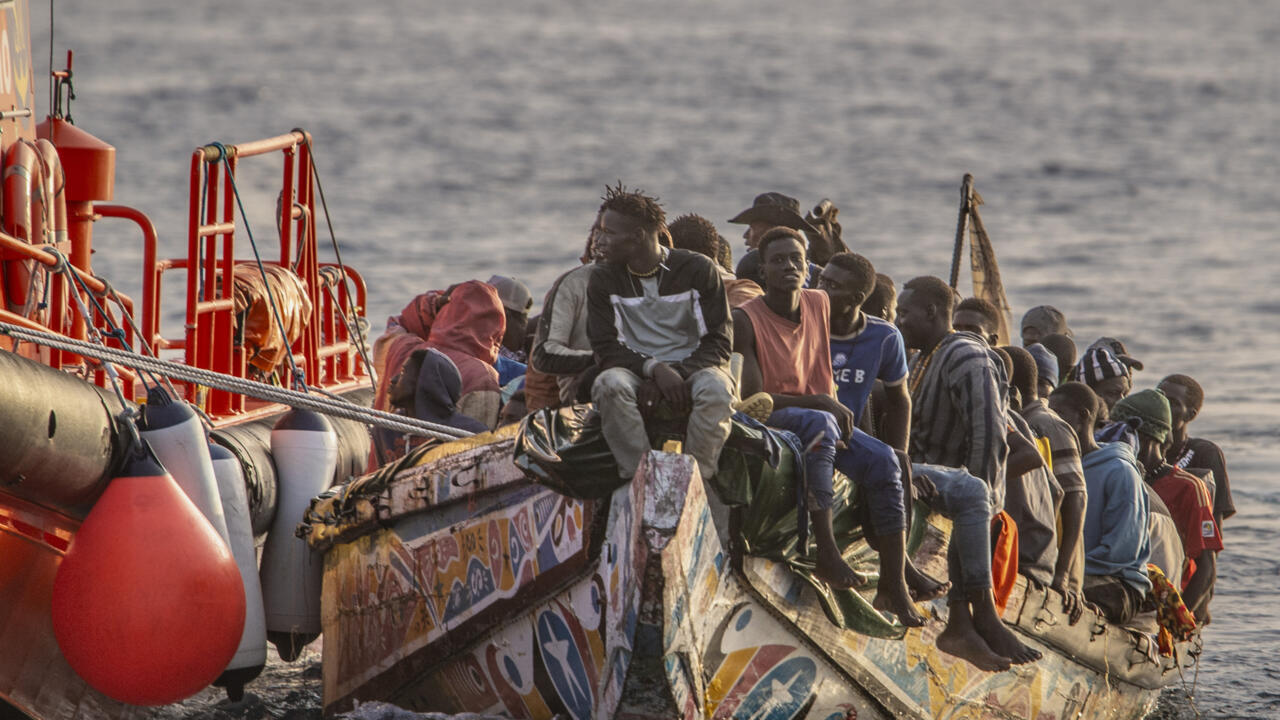To avoid controls, smugglers sometimes take longer, more dangerous journeys, navigating west into the open Atlantic before turning north to the Canaries.
That detour brings many to the tiny westernmost island of El Hierro, which since last year has experienced an unprecedented surge in arrivals.
The regional government of the Canaries says it is overwhelmed, and in October thousands of people took part in rallies in the archipelago to demand action to curb the surge in arrivals.
‘Lead to tensions’
During his Christmas Eve broadcast, Spain’s King Felipe VI warned that “without proper management” of migration, “it can lead to tensions that erode social cohesion”.
“How we are able to deal with immigration — which also requires good coordination with our European partners, as well as with the countries of origin and transit — will say a lot in the future about our principles and the quality of our democracy,” he said.
Prime Minister Pedro Sanchez went on a tour of West African countries in August to try to boost local efforts to curb illegal migration from Mauritania, Senegal and the Gambia, the main departure points for migrant boats headed to the Canary Islands.
Along with Italy and Greece, Spain is one of the three major European gateways for migrant arrivals.
According to the interior ministry, 60,216 migrants entered Spain irregularly between January 1 and December 15, a 14.5 percent increase from the period last year.
The majority, over 70 percent, landed in the Canaries.
The International Organization for Migration, a UN agency, estimates that since 2014, more than 16,400 migrants have died trying to reach Europe from Africa, a figure that includes those headed to the Canary Islands.
© 2024 AFP





